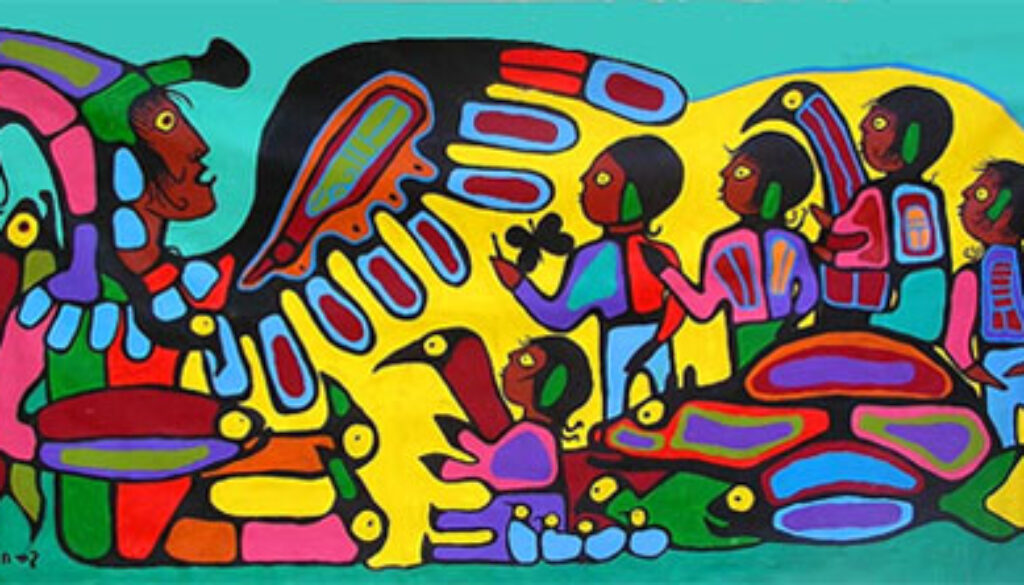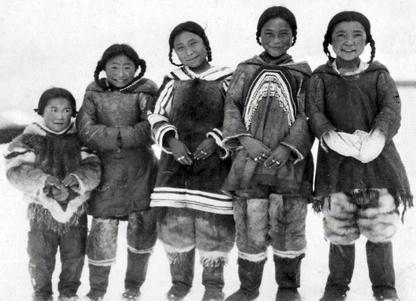Lessons from Ottawa, Part Three: Numbers Don’t Lie
 Between October 2-4, a group of some of the world’s top experts on indigenous languages met in Ottawa under the auspices of the Foundation for Endangered Languages.
Between October 2-4, a group of some of the world’s top experts on indigenous languages met in Ottawa under the auspices of the Foundation for Endangered Languages.
Some of the research presented at the conference is of direct and urgent relevance to the Chittagong Hill Tracts Project, a collaboration of the Endangered Alphabets and the Champlain College Publishing Initiative. (The Endangered Alphabets Project is proactively interested in trying to reverse loss of indigenous language and culture; the Champlain College Publishing Initiative is helping to publish materials for indigenous language education.)
In particular the research presented in Ottawa addresses the benefits of trying to revive endangered indigenous languages, especially among children—very much what we’re trying to help achieve in Bangladesh.
I’m going to present a digest of this information in a short series of short posts. Even though much of the material is drawn from research in Canada, it applies to the efforts to support indigenous people’s education in Bangladesh, in the United States, and indeed all over the world.
I strongly invite you to repost them, tweet about them, or print them out, roll them up and tie them to the leg of a pigeon—anything to get the word out about the importance of this endeavor.
I’m very grateful to the FEL for inviting me and the Alphabets to Ottawa. I’m especially grateful for extended conversations with Carol Genetti, DJ Hatfield, Tom Saunders, Joan Argenter, Chris Moseley, John Clifton, and Nina Doré.
The next talk continued the theme of the importance of indigenous people learning and speaking their own language, this time analyzing a mass of data from all over Canada.
Leanne Findlay and Dafna Kohen, both of Statistics Canada, addressed several related questions. What exactly is a cultural education? Who is responsible? Who is involved? What contributes to a cultural education both in and out of school? And most importantly, what are the outcomes? FEL XVII_to_share 14
Warning: this is going to be a bit statistics-heavy, but those numbers and percentages make this post all the more solid and important.
First of all, any situation is bound to vary from one indigenous/aboriginal group to another. The more isolated the individual families, the less likely they are to sustain traditional cultural activities or traditional language.
Far more Inuit (87%) took place in traditional or seasonal activities than First Nations (77%) or Metis (74%). (The research was conducted into those not living on a reservation.)
The same pattern was repeated to an even greater degree in each group’s use of their own aboriginal language: Inuit at 72%, First Nations at 20%, and Metis at a mere 7%.
Another way of looking at the same disparity was illuminated by asking questions about daycare. Not only did Inuit children tend to attend daycare that promoted traditional values and customs (67%/26%/17%), but those daycares spread the disparity even farther in terms of whether they used an aboriginal language (66%/16%/6%).
Okay, so how about the effect that the children’s neighborhoods had on the children’s cultural upbringing? Once again the Inuit were most likely to benefit from cultural support from their surroundings (31%/17%/16%), but only on traditional Inuit lands. Once the children were outside Nanangat, the percentage dropped to 18%.
Their language is worth quoting: “Language is a particularly important cultural encounter, as it is a vehicle for transmission of cultural ideas and values…. Children who speak an Aboriginal language are more likely to engage in cultural activities, spend time with elders, and participate in Aboriginal early child development programs….”
What’s more, Aboriginal children who speak an Aboriginal language have been found to be more likely to look forward to going to school, and once at school they show stronger verbal skills (in expression, mutual understanding, story-telling and overcoming speech and language difficulties) and were also more likely to display what is called prosocial behavior (that is, kindness, politeness, willingness to help with or empathize with others) and less likely to suffer from hyperactivity and inattention.
Outside school, though, the community’s influence is clearly important. Taking part in community cultural activites is seen to have a direct effect on children’s verbal competence, and spending time with elder is associated with a rise in that same prosocial behavior.
For us in the Endangered Alphabets/Our Golden Hour/Champlain College Publishing Initiative coalition, this was more good news, another sign we are on the right track. We’ll shortly be launching a Kickstarter campaign to help fund the next stage of translating, illustrating and publishing children’s books. We hope you’ll be there with us.


